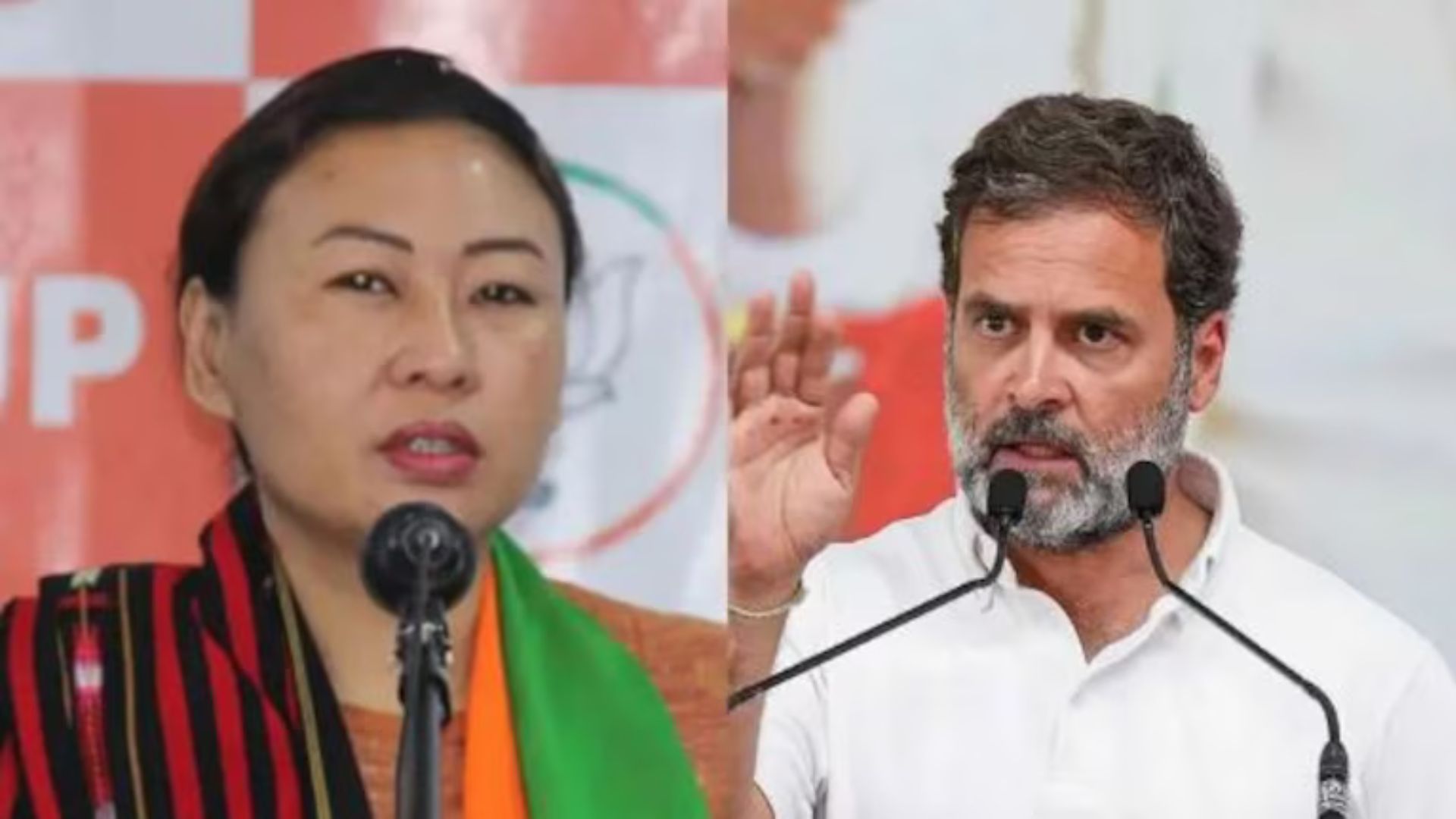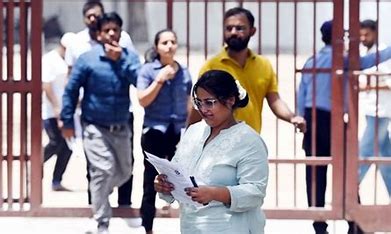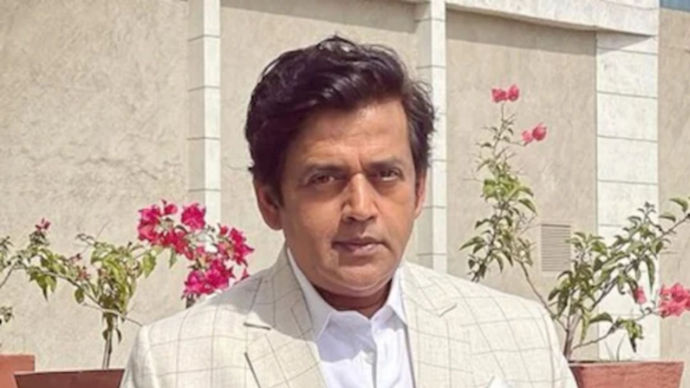
Women’s issues never die out of news like patriarchy which remains an inexhaustible product of human creation. On one hand the UN’s gender equality and empowerment organisation publishes a feminist roadmap to tackle triple crisis of jobs, care and climate on the other a leading national party of India embraces a #MeToo accused as a leader of a prominent state in India. Do our legislators irrespective of being man or a woman even believe in the laws they formulate? Apparently, the deficiencies embedded in women’s laws which has disturbed social equilibrium by putting men and women as two blood thirsty enemy states, armed with gross vengeance derails enforcement by shedding off respect, relationship or responsibility so integral to man-woman relationship. Nonetheless, worry for policy makers is that despite the plethora of laws women may suffer decreasing work participation and their own advancement since laws offer little when they are reduced as Gustav Hugo a German legal philosopher wrote, “into an algebra of legal concepts.”
How would a judge expect a woman seeking redressal from a bad marriage to look like in a courtroom? Definitely women of rank and stature or who are brave, forthright and speaking for themselves without tears or a choking throat ever walk out with a just verdict from the judge’s desk. This perception exists irrespective of male or female judges. In an appeal filed in the Case of Rajesh Sharma v. State of Uttar Pradesh 2017,the court had to see whether any directions are called for to prevent the misuse of sec 498A.While the court submitted that Sec 498A was enacted to check unconscionable demands by greedy husbands and their families which at times result in cruelty to women and also suicides it also indicated a growing tendency to abuse the said provision. Almost any relative from the man’s family including parents of advanced age, minor children, siblings, grand-parents and uncles become accused on the strength of vague and exaggerated allegations without there being any verifiable evidence of physical or mental harm or injury. The judges referred to the Reports of National Crime Record Bureau which brought out that in 2005, out of a total 58,319 cases reported under Sec 498A, 6,141 cases were declared false and in 2009 for a total 89,546 cases reported, 8,352 cases were declared false on account of mistake of fact or law. In 2012 and 2013 an exponential rise of 93.6% cases occurred under sec 498A but the conviction rate was low at 14.4% only and in 2017-2019 a 21.3% increase occurred but conviction rate stood at 15% only. The two states of Rajasthan and Uttar Pradesh which bring the highest number of reported cases still nurture a justice system which is attuned to treat women either as a deity or a slave. This data does prove the misuse of law but not its irrelevance in providing protection to women since only one tenth of the filed cases were found false. In many other sections of IPC this number of false cases is much higher,to name a few such as unlawful assembly(Sec 141), Sec 146 (rioting), Sec 171 E(bribery), Sec 302 (murder), Sec 306(abetment of suicide). The Court decided that all State governments must instruct their police officers not to automatically arrest under sec 498A complaints but to satisfy themselves about the necessity for arrest under the parameters laid down for police officers along with Sec 41 of CrPC. So the Court handed over Sec 498A cases to the police which is well known for its patriarchal approach will now wear additional power of prima facie investigations.
Courts are governed by a bad perception about a deserted wife seeking justice in divorce and maintenance as the object of the provisions for grant of maintenance becomes a charitable act rather than a just distribution of assets, liabilities in physical and emotional spheres. Courts provide speedy remedy towards a supply of food, clothing and shelter to the deserted wife and to prevent vagrancy and destitution. In Pratibha Rani case of 1985, Justice Fazl Ali described the case as a ‘sad story of a helpless married woman who, having been turned out by her husband without returning her ornaments, money and clothes despite repeated demands…’ So the Courtroom perspective about women seeking justice in a broken marriage is that she “should be suffering and in destitution, penury, vagrancy, impecuniosity and appear emotionally fractured.” This leaves away a large majority of modern, professionally qualified and emotionally confident women from receiving any legitimate attention from courts. The judiciary’s repeated commitment to treat maintenance as a basic right to life enshrined in Art 21 of the Constitution of India since the 1980 Case of Hussainara Khatoon v.HS Bihar has failed to provide justice to this modern class of women who are still looked as privileged even though their struggles post divorce stifle their livehood as even a basic primary necessity of getting a house on rent becomes an impossible act for a single women who is potentially looked as a danger to any residential locality.
Notwithstanding, maintenance being treated as basic human right by Courts, the wedge against modern professional women is clear in the delivery of justice when courts made them pay maintenance to their unemployed husbands and his family. In a 2011 case of Rani Sethi v. Sunil Sethi,a trial court in Delhi directed the wife to pay maintenance of Rs. 20,000 per month, and Rs.10,000 as litigation expenses along with a Zen Car to the husband. In a 2020 case a family Court of Mujaffarnagar ordered a wife who retired from Army to pay a monthly maintenance from her pension to her husband Kishori Lal Sohankar a tea shop worker. However, sermons sometimes are hard to satiate and the judges on their own inadvertently reflected upon the true path of law regarding professionally employed women. While pronouncing judgement in Bhuwan Mohan v.Meena 2014 the Supreme Court in an emotionally charged judgement strongly condemned delays and denials of maintenance as “frustrating to the hope of wife and children who are deprived of adequate livelihood , whose aspirations perish like mushroom and possibly the brief candle of sustenance joins the marathon race of extinction.” The Court came up with a dictum which it probably had no idea would become its own biggest trial. It ingeminated that Sec 125 CrPC was conceived to ameliorate the agony, anguish, financial suffering of a woman but simply ‘sustenance does not necessarily mean to lead the life of an animal, feel like an unperson to be thrown away from grace and roam for her basic maintenance somewhere else’. The Court said that “a woman is entitled in law to lead a life in the similar manner as she would have lived in the house of her husband,” that is where the status and strata come into play vis a vis obligations of a husband. Yet, Courts have considered qualified status of a wife as a shortcoming and have denied grant of maintenance to her.
However, this justice as fairness was attempted by the bench of Justices Indu Malhotra and R Subhash Reddy in Rajnesh v.Neha case 2020 while laying guidelines to determining quantum of maintenance. The guidelines raised questions related to the status of the parties, reasonable needs and the applicant’s education and professional qualifications. It later turned out that this was being queried to limit the amount of maintenance and lessen burden upon men. These guidelines further endorsed an extremely unjustified and illogical stand taken by Justice Bhanumathi and and M M Santanagoudar in Kalyan Dey Chowdhury v. Rita Dey Chowdhury case of 2017 when the court put a cap of 25% on the ex-husband’s net salary for maintenance to be provided to wife and children.The court interestingly considered ex-husband’s remarriage and increased expenses as a reason for capping maintenance for ex-wife. The Courts have however been closed to problems of an employed and professionally qualified woman who may still have to find a new house in a decent locality, contest social stigmatization and compromise her earning ability for child care needs. This is where an interesting concept of ‘Kharcha-e-Paandan’ (betel box expenses) is found in Mohammedan law which operated in families of rank.The husband or his father on divorce would pay to the wife a personal allowance for continuance of a lifestyle need. In 1910, Nawab Khwaja Muhammad Khan was made to pay Rs. 500 per month to Nawab Husaini Begam from Moradabad as her ‘Kharcha-e-Paandan’. In another Allahabad High Court case, a Lambardar (Zamindar estate owner) paid Rs.25 as ‘Kharcha-e-Paandan’ to his estranged wife Mojiz Fatima Begam. The relevance of this law amongst the rich and powerful in a community reflects upon the fact that certain habits of luxury are acknowledged even in law. When Justice Deepak Mishra in Bhuwan Mohan Case of 2014 had observed that “a woman is entitled in law to lead a life in the similar manner as she would have lived in the house of her husband”, little did he know if he could also include ‘Kharcha-e-Paandaan’? Even rich women bear burden of a differential impact of divorce upon their lives and judges including women judges as above, have always failed to address remedies to ameliorate this additional burden borne by women of rank, status and position.When The Muslim Women (Protection of Rights on Marriage) Act 2019 was brought in two years ago on 19th September, Court had once again absolved itself of addressing maintenance of a divorced wife once the sacred task of reclaiming her honour was achieved. Criminalization of divorce and subsequent homelessness without measures for restorative justice kills a law. A differential impact of a broken marriage upon women is far more injurious but laws need to understand an underlying world view of the problem they address.
Due to social narratives which surround marriage in current times, faith in it as a social institution is breaking down. One would be shocked to hear that in agriculture dominant states like Punjab and Haryana divorce rate in the last 10 years has increased by 150% while it has risen to 350% or more in the most professionally superior states of Kerala or the metropolis of Delhi, Bangalore,Chennai, Kolkata and Mumbai. Apparently, as per the 2011 Census, more Muslim women (3.7 per thousand)than Hindu women (2 per thousand)are divorced every year. The Times Report’s shocking revelations about Chinese society found 850,000 Chinese couples applying for divorce within the first six months of 2010. Their courts were dealing with a staggering 4,600 divorce cases per day. The divorce rate in Sweden and USA is the world’s highest at around 58%.
The burden of dissolution or aftermath of marriage is so complicated that more women prefer to stay single. In the 2011 Census of India there was a 39% increase to 71.4 million single women or 12% of total population of women. Out of this, around 12.3 million single women reported as never married. Research surveys reveal that this is only going to increase as divorce rates shoot up in coming times. Any rushed and regressive reaction that thwarts the noble intentions behind women’s laws is dangerous to the voice of feminist jurisprudence in India.
The young believe and have resigned to the idea that marriages are neither ‘made in heaven’ nor a destination beyond which ‘one can live happily ever after’. It may involve immense litigation at the cost of their professional life. Marriage as an institution is irretrievably breaking down as patriarchy advances from homes to work spaces and gets legitimized in Court rooms. Answers to many of these perplexing questions which are profoundly significant in the interest of justice rather emerge in the minds of judges and not the law books. Judges can make an effort to combine legal pluralism with litigation theory in laws for women empowerment.
The author is president, NDRG, and former Professor of Administrative Reforms and Emergency Governance at JNU. The views expressed are personal.















